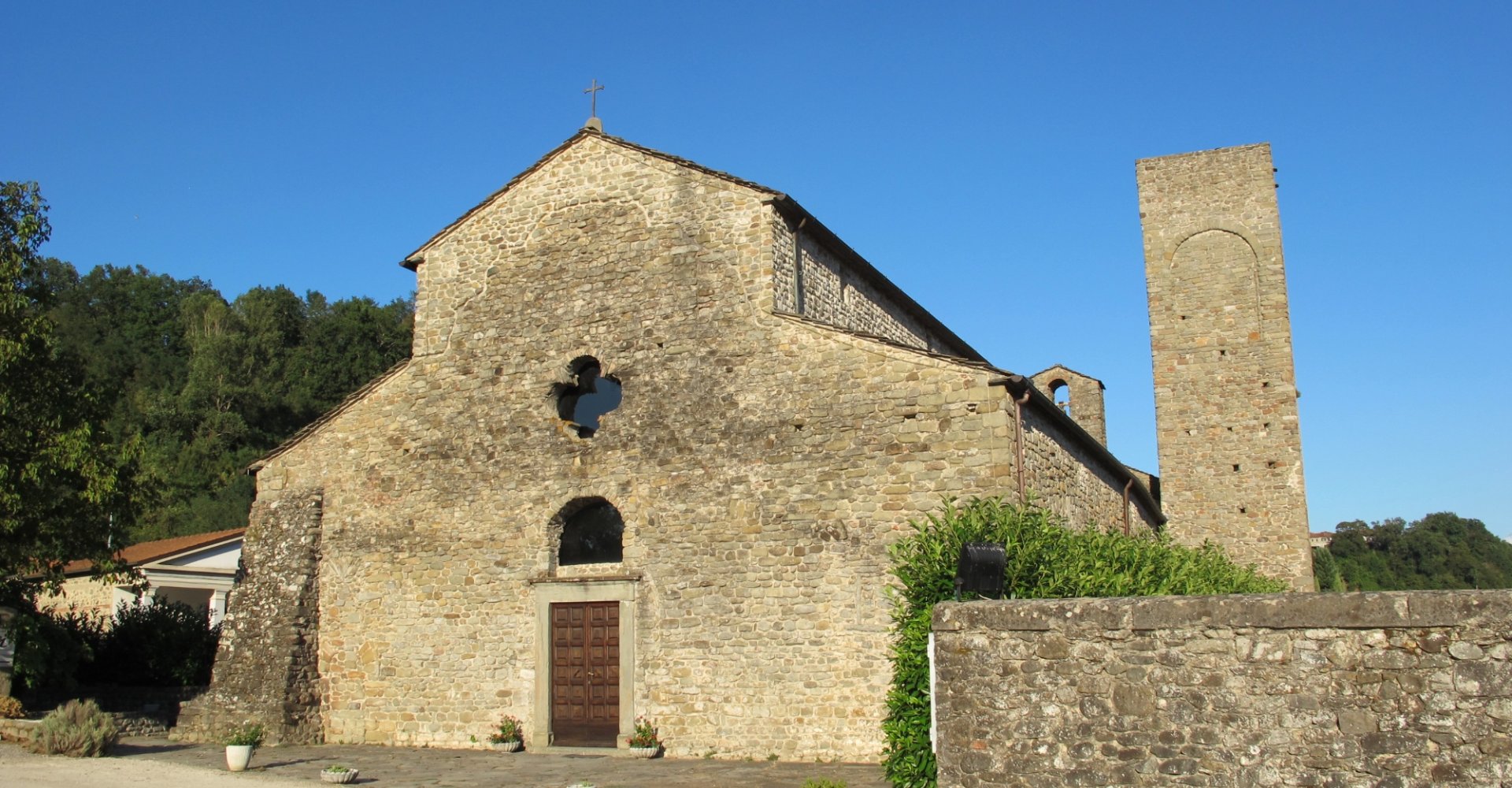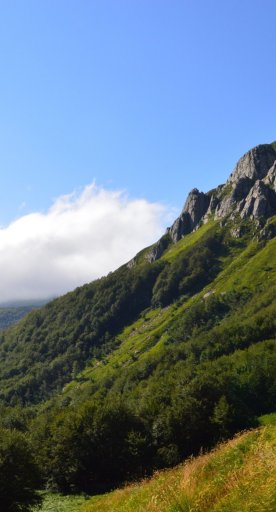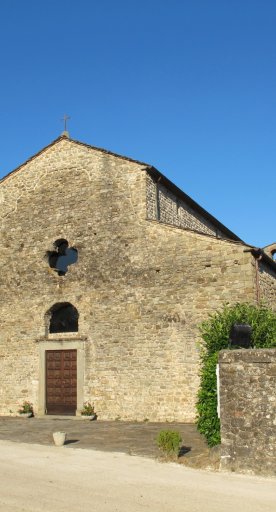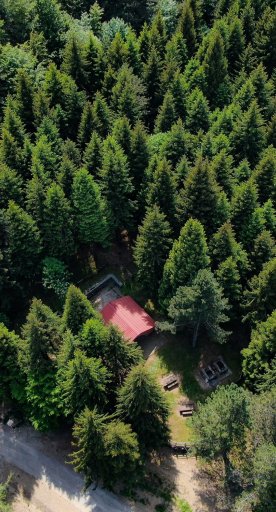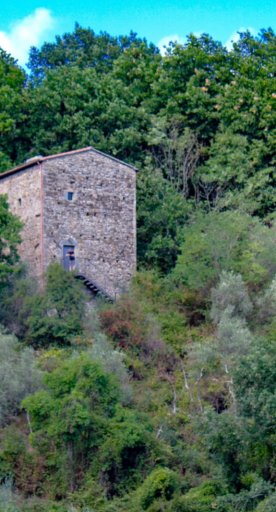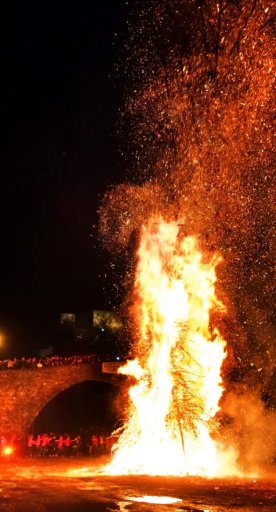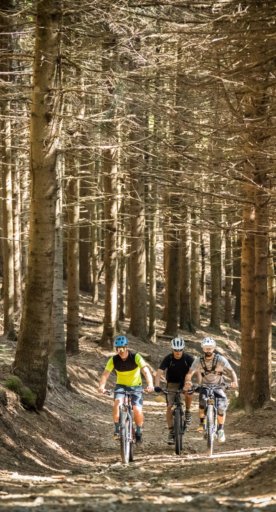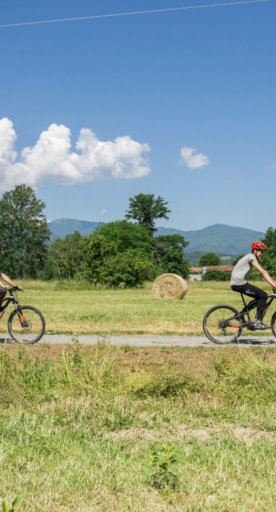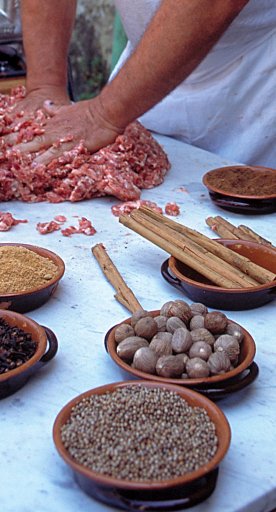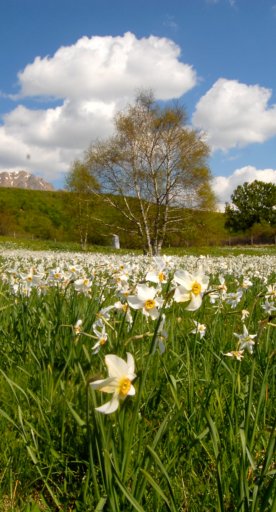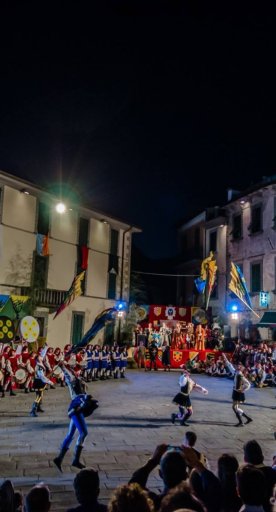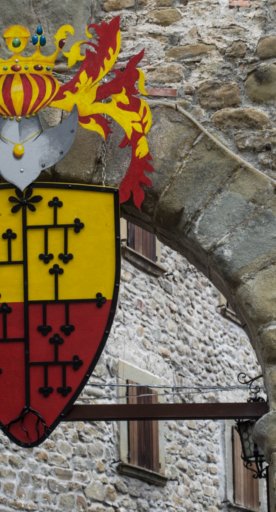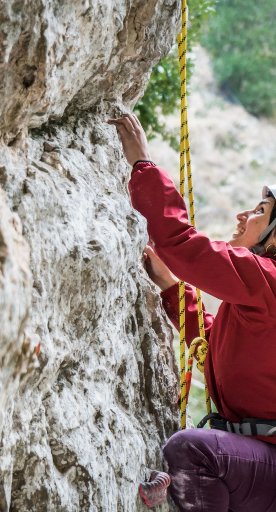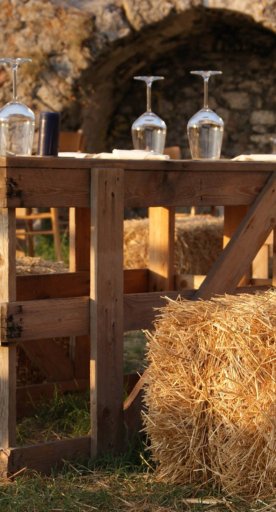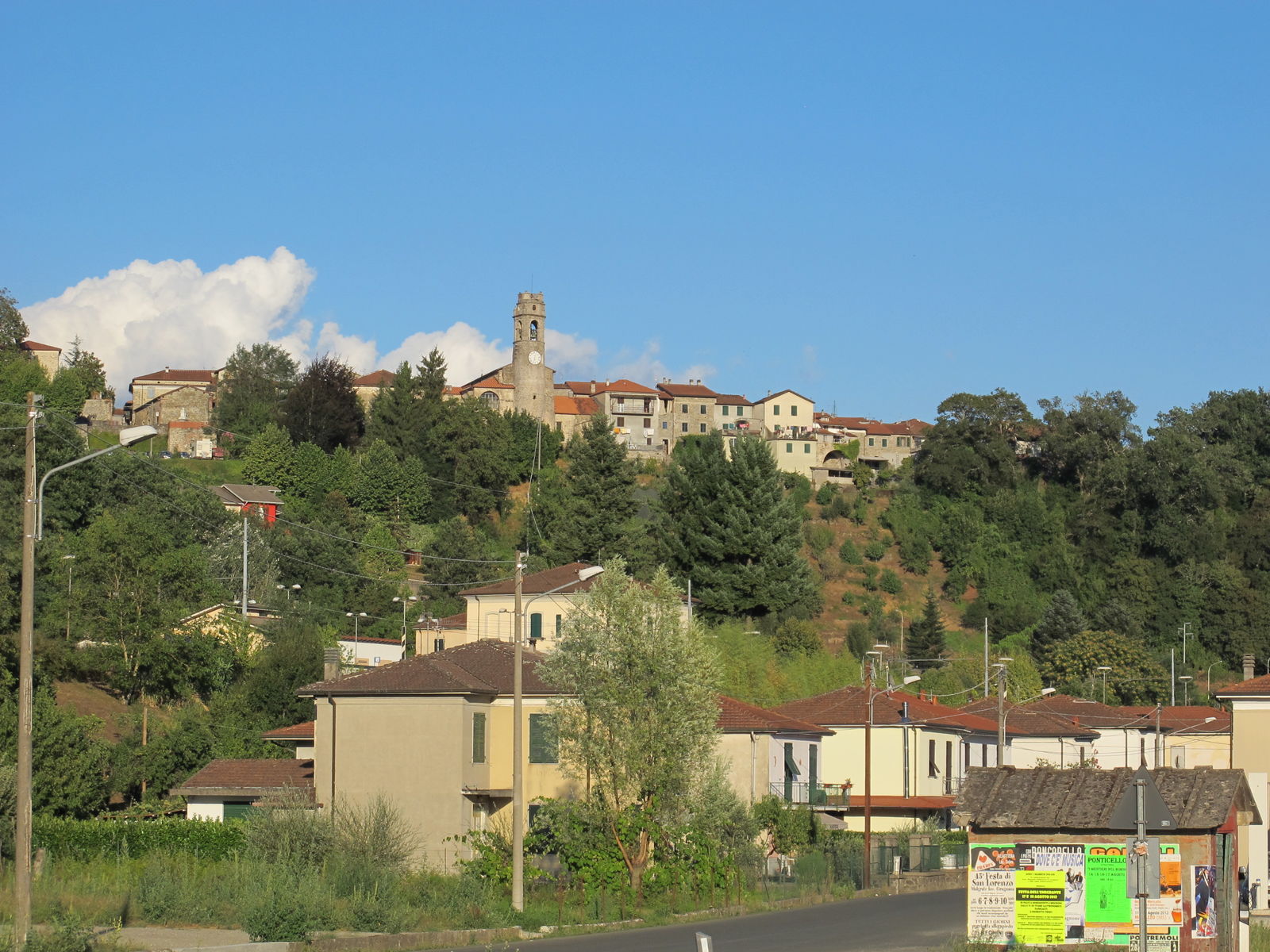Filattiera
Traces of the Middles Ages in Upper Lunigiana
Filattiera is located in upper Lunigiana, on the left bank of the Magra River, in a hilly area overlooked by the mountains of the Tuscan-Emilian Apennines.
The area is characterized by the classic countryside landscape: on the valley floor stand out the ancient river terraces, still cultivated with fodder and corn. In the hills, instead, a series of splendid villas and ancient rural buildings can be admired among the wheat, barley, vineyard and olive groves.
What to see in Filattiera
The name Filattiera derives from the term Fulacterion, with which the Byzantines indicated the fortifications erected as a barrier at strategic points. In the medieval village, which still preserves intact the first settlement of the 13th century, it is possible to visit the 12th-century church of San Giorgio, inside which is preserved the Lapide di Leodegar, a marble epigraph, dating from the year 752, commemorating the death of a person of high rank (most likely a bishop) who had been entrusted with the task of destroying the pagan idols existing in Lunigiana.
The name Filattiera derives from the term Fulacterion, with which the Byzantines indicated the fortifications erected as a barrier at strategic points. In the medieval village, which still preserves intact the first settlement of the 13th century, it is possible to visit the 12th-century church of San Giorgio, inside which is preserved the Lapide di Leodegar, a marble epigraph, dating from the year 752, commemorating the death of a person of high rank (most likely a bishop) who had been entrusted with the task of destroying the pagan idols existing in Lunigiana.
In the surroundings
The Via Francigena crosses the village of Filattiera and some of its hamlets, among which the small village of Ponticello: one of the best-preserved medieval towns in the area. The village is entirely in stone, full of small squares, courtyards and alleys. Drawing attention is the large number of covered passageways and tower-houses also typical of the nearby village of Caprio, located on the right side of the stream of the same name.
Historically important is the Pieve di Santo Stefano - Parish church of Santo Stefano (also called Pieve di Sorano – Parish church of Sorano), located along the route of the Via Francigena and built with river pebbles. The first documentation of this building dates back to a papal bull of 1148. The parish church is located in the valley bottom, at a spot where stele statues dating from the Bronze Age have been found and where, very likely, there was an important prehistoric settlement. Recent archaeological excavations have unearthed the remains of an ancient Roman village as evidence of the settlement.
The Via Francigena crosses the village of Filattiera and some of its hamlets, among which the small village of Ponticello: one of the best-preserved medieval towns in the area. The village is entirely in stone, full of small squares, courtyards and alleys. Drawing attention is the large number of covered passageways and tower-houses also typical of the nearby village of Caprio, located on the right side of the stream of the same name.
Historically important is the Pieve di Santo Stefano - Parish church of Santo Stefano (also called Pieve di Sorano – Parish church of Sorano), located along the route of the Via Francigena and built with river pebbles. The first documentation of this building dates back to a papal bull of 1148. The parish church is located in the valley bottom, at a spot where stele statues dating from the Bronze Age have been found and where, very likely, there was an important prehistoric settlement. Recent archaeological excavations have unearthed the remains of an ancient Roman village as evidence of the settlement.
Events
Every January 16, starting at dusk, St. Anthony the Abbot is celebrated with a religious ceremony followed by a procession and the lighting of three bonfires by the town's three contrade (districts) that compete to make the tallest and most beautiful fire.
In June, the village comes alive with a typical village festival characterized by joy and a festive spirit and Lunigiana food and wine specialties: the Festa della Fame e della Sete (Celebration of Hunger and Thirst).
Every January 16, starting at dusk, St. Anthony the Abbot is celebrated with a religious ceremony followed by a procession and the lighting of three bonfires by the town's three contrade (districts) that compete to make the tallest and most beautiful fire.
In June, the village comes alive with a typical village festival characterized by joy and a festive spirit and Lunigiana food and wine specialties: the Festa della Fame e della Sete (Celebration of Hunger and Thirst).
Typical dishes and products
In Filattiera you can taste the dishes of the Lunigiana such as the torta d'erbi (a savory pie with herbs), the potato pie, the testaroli (a kind of pasta) and the famous spalla cotta filattierese, a pink-colored cured meat with a spicy fragrance, to go with casseroles, vegetable side dishes and to be flavored with green sauce.
In Filattiera you can taste the dishes of the Lunigiana such as the torta d'erbi (a savory pie with herbs), the potato pie, the testaroli (a kind of pasta) and the famous spalla cotta filattierese, a pink-colored cured meat with a spicy fragrance, to go with casseroles, vegetable side dishes and to be flavored with green sauce.
